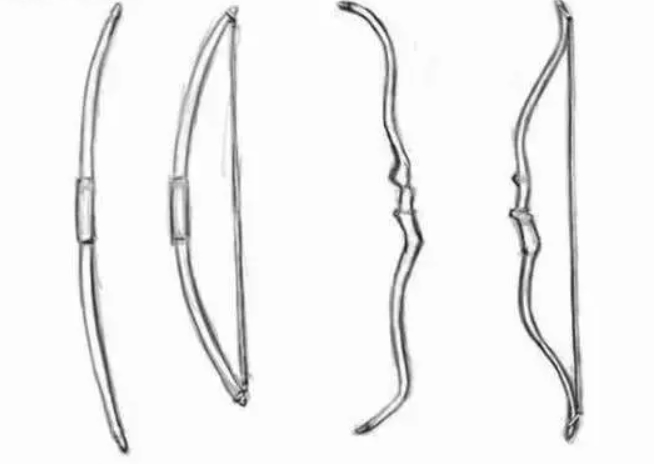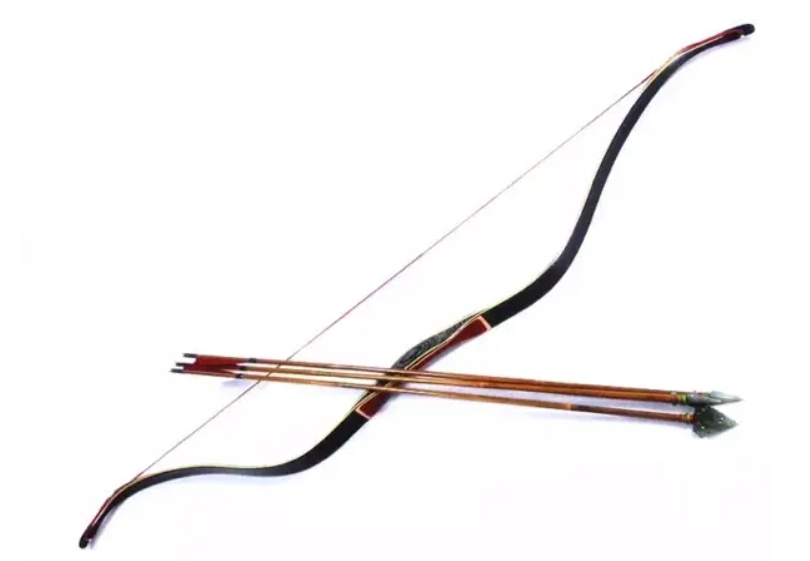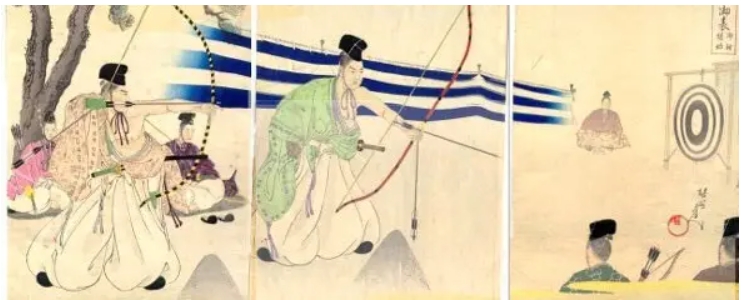Release time:2025-01-14 15:37:20Clicks:author:SPG ArcheryMain categories:Bows, Arrows, Archery Accessories

The traditional bow is an ancient invention. In ancient my country, there was a tradition of making bows and arrows. It is said that bows and arrows were invented in my country as early as the time of Emperor Huangdi. The manufacturing technology of traditional bows in my country is very advanced, and it plays a very important role in the military wars in ancient my country. Traditional bows have played a very important role in ancient and modern China. my country still retains the manufacturing technology of traditional bows. This is a very precious national cultural heritage. It has very high cultural value for studying my country's social development, etiquette and entertainment, weapon technology, production and life, and sports competition. The traditional bow has a long history and its types are also very unique! We are familiar with horn bows and straight-pull bows. In fact, the classification of traditional bows is even more detailed. Let us learn about the classification of traditional bows today.
Traditional bows have a variety of classification standards, and there are also overlaps between them. In yesterday's article, we learned that modern bows are often divided into straight-pull, recurve, and compound (note that the compound here refers to modern compound pulley bows, which are very different from the ancient compound bows that will be discussed later)
The bow limbs of a straight-pull bow tighten the bowstring along the direction of the natural curvature of the bow limbs, and the bow limbs of a recurve bow tighten the bowstring in the opposite direction of its natural curvature.
As for the modern compound bow, it is the bow that Stallone often uses in First Blood. In modern competitions, recurve bows are Olympic events, and compound bows have world-wide competitions, but they are not Olympic events
Another distinction is between modern bows and traditional bows, but there is no strict standard for this classification. Generally speaking, modern bows generally have aiming devices and balance bars and other accessories, and there is also an arrow rest in the handle.
Traditional bows generally use traditional bow shapes, without other accessories, and the arrow is placed on the bow hand without an arrow rest. If modern bows are removed from accessories such as aiming equipment and balance bars, they are generally called "bare bows", "bare bows" or "naked bows". Of course, some bows now have arrow rests, but they are basically used in traditional ways, and it is difficult to call them modern bows.
Traditional bows include both straight-pull bows and recurve bows. For example, most English longbows are straight-pull bows, while most oriental bows are recurve bows.

English longbow
Traditional bows can be divided into three categories according to their structure and material: single bows, reinforced bows, and composite bows
Single bows are bows made of a single material, which are relatively simple to make. The most typical one is the English longbow. This type of bow requires very elastic wood, such as yew.
Single bow
Reinforced bows are also called composite bows, laminated bows, and laminated bows. They are made by stacking the same or similar materials.
Made of similar materials
Compound bows (not the modern pulley compound bows) are bows made of multiple materials with different properties, such as wood or bamboo, combined with horn pieces and animal tendons (tendons), and then made of glue, silk, lacquer, etc. The horn bows in ancient China are typical compound bows. In addition, many ethnic groups in the Eurasian steppes, Central Asia, and West Asia also use this type of horn bows. Bamboo or wood is used as the base in the middle, and the side facing the archer is pasted with horn pieces, and the side facing the target is covered with multiple layers of beef tendon silk. Several parts are glued together with fish bladder glue. In this way, when the bow is full, the beef tendon silk can resist stretching, and the horn pieces can resist compression. Moreover, the combination of different materials can greatly improve the toughness and service life of the bow, which is equivalent to a composite reed structure. The bamboo or wooden base is equivalent to a medium, through which the horn pieces and tendons are combined. The main source of elasticity is the horn piece, but if the bow is made of horn pieces alone, the elasticity is good, but the rebound will be too strong, which will hurt the horn piece. When several materials are combined together, it will not be damaged.

The inheritors of the traditional bow manufacturing technology were the imperial craftsmen of the Qing Dynasty court in the early days, and the manufacturing and sales were managed by the Qing government. After the demise of the Qing government, there was no one to take over, and it subsequently became a folk workshop. Although the traditional bow still retains its manufacturing technology, due to the lack of protection in recent years, the current situation of the inheritors of traditional bows in my country is still not optimistic. The working conditions and environment are very poor, and there are no apprentices to inherit his craft. If we do not step up measures to protect and inherit, the loss of the traditional bow making technology is only a matter of time.